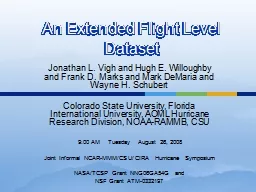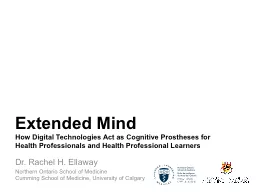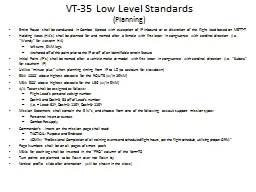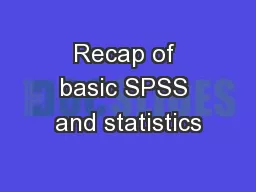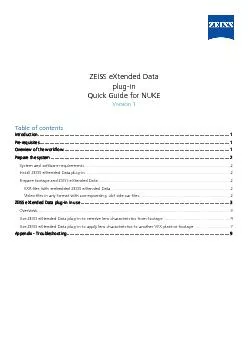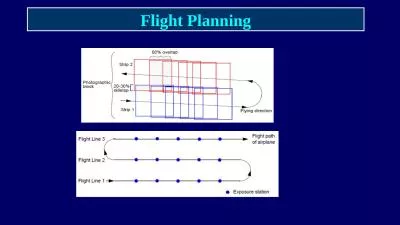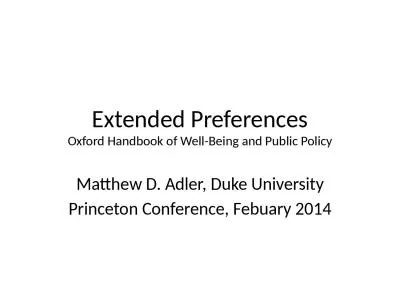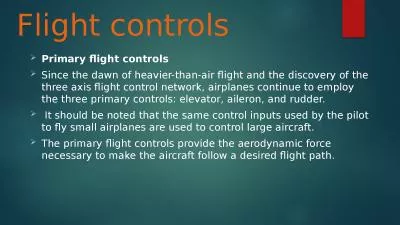PPT-An Extended Flight Level Dataset
Author : pamella-moone | Published Date : 2017-04-30
Jonathan L Vigh and Hugh E Willoughby and Frank D Marks and Mark DeMaria and Wayne H Schubert Colorado State University Florida International University AOML
Presentation Embed Code
Download Presentation
Download Presentation The PPT/PDF document "An Extended Flight Level Dataset" is the property of its rightful owner. Permission is granted to download and print the materials on this website for personal, non-commercial use only, and to display it on your personal computer provided you do not modify the materials and that you retain all copyright notices contained in the materials. By downloading content from our website, you accept the terms of this agreement.
An Extended Flight Level Dataset: Transcript
Download Rules Of Document
"An Extended Flight Level Dataset"The content belongs to its owner. You may download and print it for personal use, without modification, and keep all copyright notices. By downloading, you agree to these terms.
Related Documents

